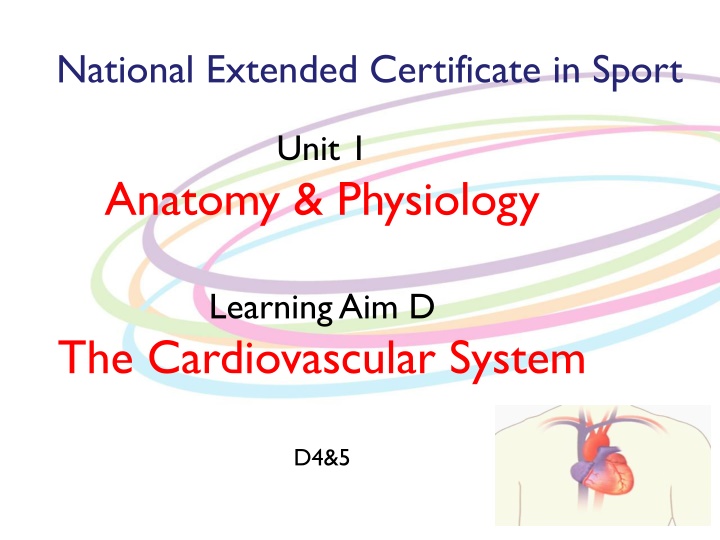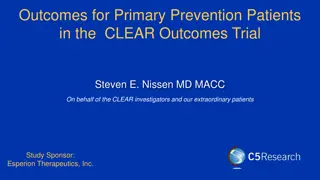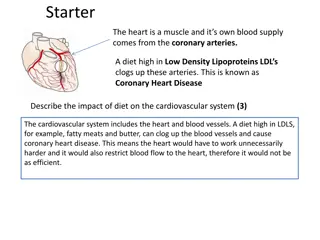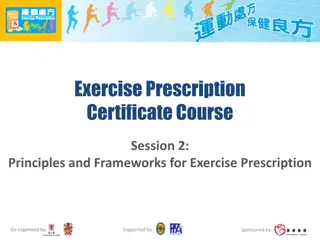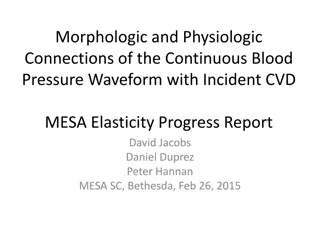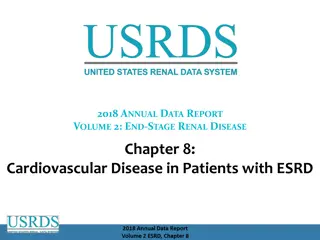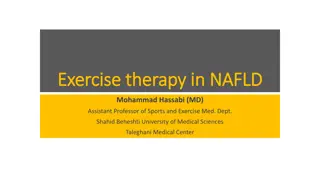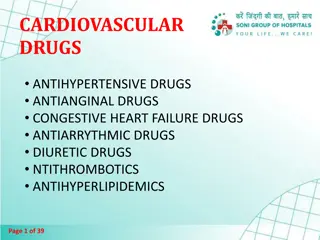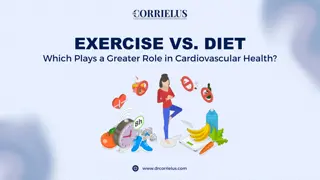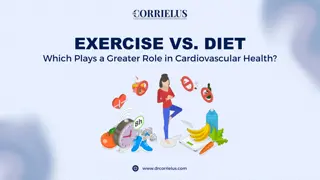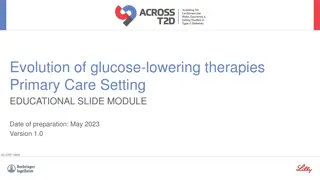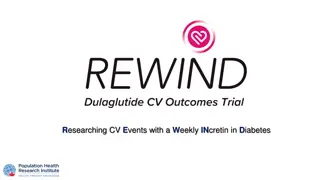Effects of Exercise on the Cardiovascular System
Exploring the immediate and long-term effects of exercise on the cardiovascular system reveals the remarkable adaptations and responses the body undergoes. From short-term increases in heart rate and blood pressure to long-lasting changes in cardiac output, exercise plays a crucial role in enhancing cardiovascular health. Understanding these effects can help individuals optimize their training routines for improved performance and overall well-being.
Download Presentation

Please find below an Image/Link to download the presentation.
The content on the website is provided AS IS for your information and personal use only. It may not be sold, licensed, or shared on other websites without obtaining consent from the author.If you encounter any issues during the download, it is possible that the publisher has removed the file from their server.
You are allowed to download the files provided on this website for personal or commercial use, subject to the condition that they are used lawfully. All files are the property of their respective owners.
The content on the website is provided AS IS for your information and personal use only. It may not be sold, licensed, or shared on other websites without obtaining consent from the author.
E N D
Presentation Transcript
National Extended Certificate in Sport Unit 1 Anatomy & Physiology Learning Aim D The Cardiovascular System D4&5
Image result for what can you remember Last lesson we Described the difference between diastole and systole. Analysed the process whereby electrical impulses are used within the cardiac cycle.
Sticky Note Challenge What are the effects of exercise on the cardiovascular system? Can you fill your table?
Responses Adaptations Immediate effects of exercise on the body. These effects don t last long. When you stop exercising, the body no longer needs to react in this way so it stops. Long term changes that happen as a result of training. These changes are lasting, as long as you don t stop exercising. Sort your post it notes into Responses and Adaptations
Short Term Responses 1. -Anticipatory rise: This is an increase in heart rate just before exercise. It is caused by the release of adrenaline into the blood. -Increased heart rate: During exercise in order to deliver more oxygen and remove carbon dioxide.
Short Term Responses 2. Increased blood pressure -During exercise, blood flows at a faster rate due to an increased heart rate. The heart also contracts more forcibly to squeeze more blood out. This will cause an increase in systolic blood pressure. Normal = 120/80 mmHg High BP (hypertension) = 140/90 mmHG Low BP (hypotension) = 90/60 mmHG
Short Term Responses 3. Increased cardiac output -Cardiac output= the amount of blood leaving the heart per minute. -Stroke volume= the amount of blood leaving the heart per beat. (if either stroke volume or heart rate is increased, cardiac output is increased).
Short Term Responses 4. Redirection of blood flow -During exercise, more blood is needed for energy production. -The blood is redirected to areas that need it more. This is achieved by vasodilation of arterioles supplying active areas and vasoconstriction of arterioles supplying inactive areas.
Long Term Adaptations 1. Cardiac hypertrophy -The heart is a muscle so will grow in size as a result of training. -The thickness of the left ventricle will increase- allowing the heart to contract with greater force. 2. Increased stroke volume -The amount of blood pumped out per beat will increase as hypertrophy happens. -Stroke volume is increased at rest and during exercise. 3. Decreased resting heart rate -When stroke volume is increased, the heart does not need to beat as often at rest to achieve the cardiac output required.
Long Term Adaptations 4. Decreased heart rate recovery time -Heart rate remains elevated after exercise to aid recovery. -With a higher stroke volume, the heart rate can return to resting sooner. 5. Capillarisation -This is the development of the capillary network. -Capillary density in the muscles and alveoli is increased so that a greater volume of oxygen can flow through the body. 6. Reduction in resting blood pressure -Blood pressure is reduced at rest. This reduces the risk of heart-related ill health.
Long Term Adaptations 7. Increase in blood volume -Blood volume is the amount of plasma and red blood cells circulating around the body. -Training can increase the count of plasma and red blood cells which will help oxygen delivery and temperature regulation. -As the volume of plasma increases to a greater extent than the red blood cells, the viscosity of blood may decrease. -The decrease in viscosity will result in a reduction in resting blood pressure.
Make 2 mind maps to identify the responses and adaptations of the cardiovascular system to exercise.
Exam Style Question 1) Why does the body redirect blood flow during exercise? (2 marks) 2) Why does resting heart rate decrease if resting stroke volume increases? (2 marks)
